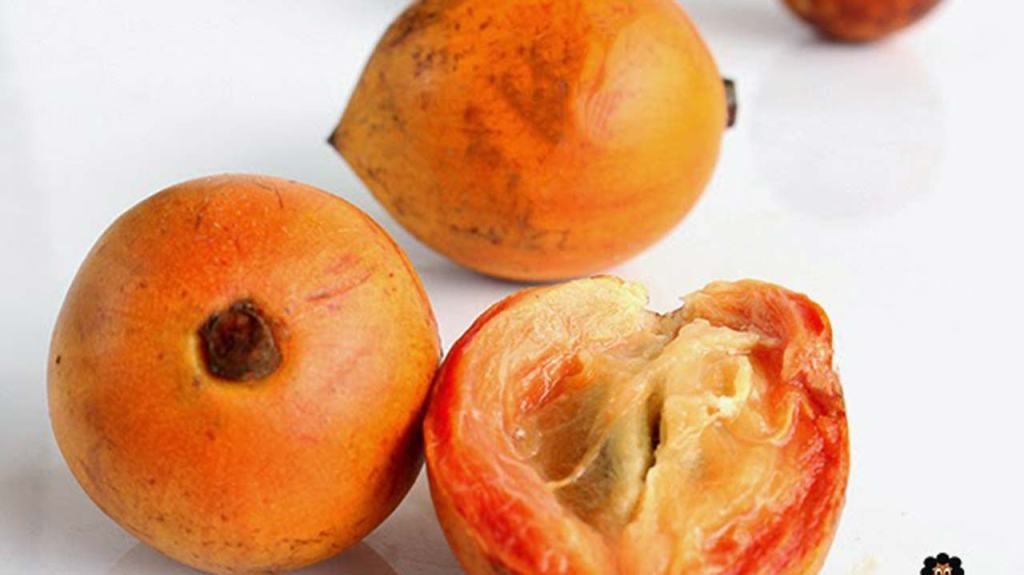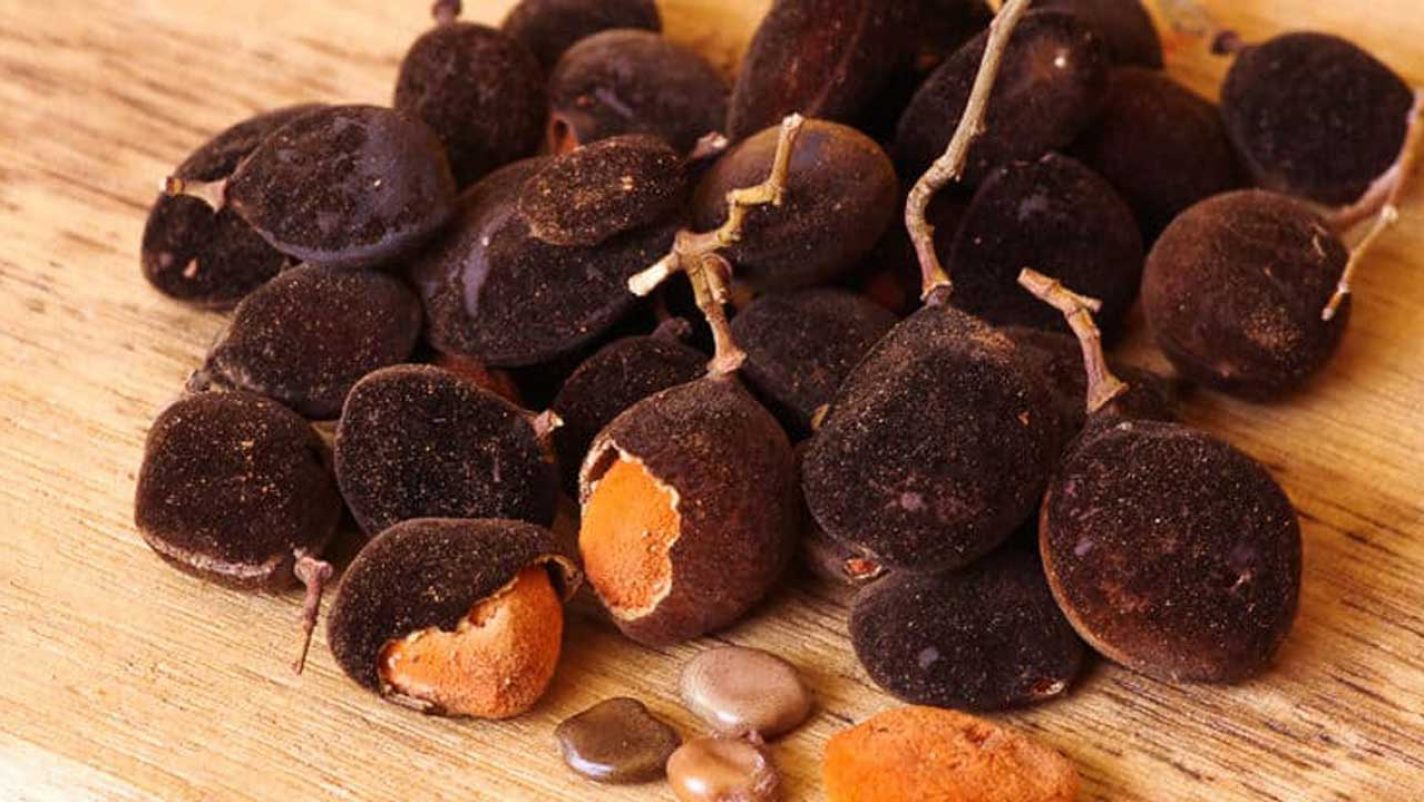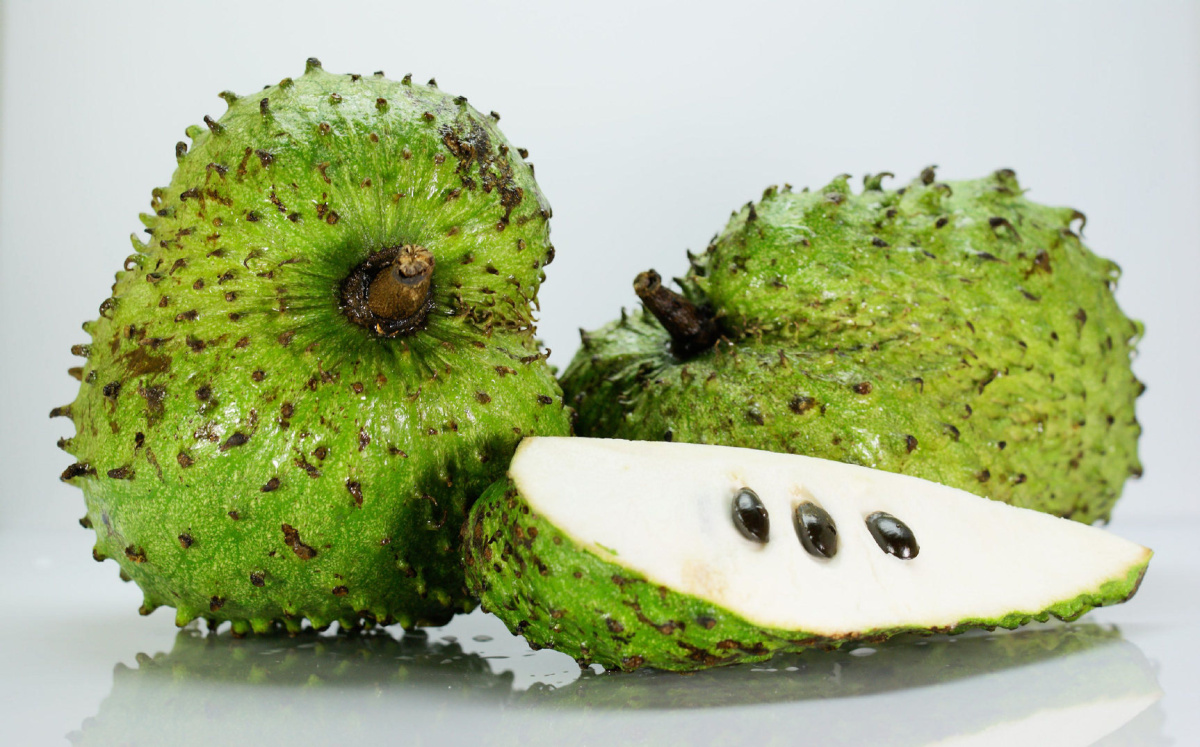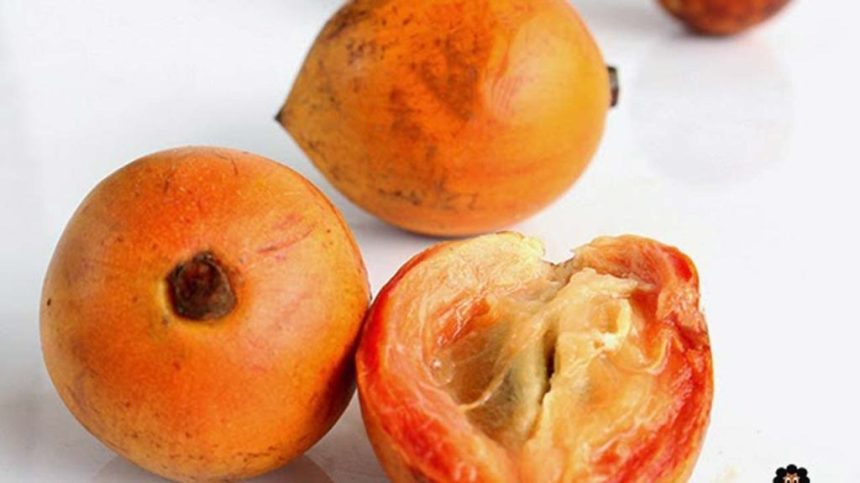Fruits are considered nature’s nutritional gift to man, a blend of sweetness, sourness, texture and rich nutrients. Nutritionists are always recommending nature’s delicacy for a healthy life, and fruits also serve as memories to certain moments in our lives, be it literally or metaphorically.
But while we are well versed with common and foreign fruits such as apples, grapes, oranges and pineapples, how well do we really know our local fruits? Why not dive into a world of our natural local delicacies, as we spend the month of March appreciating Ghana’s culture and resources.
Alasa (African Star Fruit)
Typically, the African star fruit has a smooth, glossy skin that ranges in color from green to yellow when ripe. Its shape resembles that of a star, hence the name ‘star fruit.’ The flesh of the fruit is juicy, sweet, and slightly tangy, with a creamy texture. It encases large seeds within its pulp, which are not typically consumed. The ‘Alasa’ fruit is known for its sweet and slightly acidic flavor, making it a popular snack and ingredient in various dishes.
The African star fruit holds cultural significance in many West African communities. In Ghanaian culture, the fruit is valued not only for its taste but also for its medicinal properties, believed to alleviate certain ailments.
The fruit is cultivated in various regions, particularly in the southern part of the country where the climate is favorable for tropical fruit production. Regions such as the Volta Region, Eastern Region, and Ashanti Region are known for their cultivation of the star fruit.
Yoyi
The African velvet tamarind is a tropical native fruit, which typically grows on tall trees and is characterized by its distinctive pod-like fruits. These fruits have a velvety outer shell that ranges in color from brown to reddish-brown. Inside, the flesh is soft, juicy, and tangy, with a sweet-sour flavor. Each fruit contains a single large seed.
The flesh of the African velvet tamarind is consumed fresh, either by sucking or biting the pulp off the seed or by removing the pulp and mixing it with sugar or salt. It is also used to make refreshing drinks, jams, and sauces. In some regions, the fruit is dried and preserved for later use.
African velvet tamarind trees thrive in tropical climates with well-drained soil and ample sunlight. The fruit is typically harvested during the dry season, which varies depending on the region.
Soursop (Alunguntugui)
You’ve probably heard the word ‘Alunguntugui’ in the titular classic Keche song from over a decade ago- quite a jam in its prime. But the song aside, the soursop fruit, ‘Alunguntugui’ is a green-colored has a prickly outer skin with a sweet tasting creamy pulp within. It can be consumed by biting the pulp from within; one must beware of the prickly skin, it is advised to peel it off for safer consumption.
The fruit has also been used to produce refreshing drinks, be it carbonated or fresh juice for its pleasantly sweet taste.
The health benefits of the fruit make an endless list; from regulating blood sugar levels and containing anti-ageing properties, the vitamin C-rich fruit is one to die for.
Ghana’s resources are vast and must be explored to be fully appreciated for its beauty. Until we learn to fully exploit our beautiful, Ghana may never know the full potential of what it could produce for the world. But as we celebrate the Ghana month in March, let’s take our time to fully immerse in the beautiful gifts that nature has to offer to Ghana.
–
Article by: Golda Quartey | univers.ug.edu.gh




